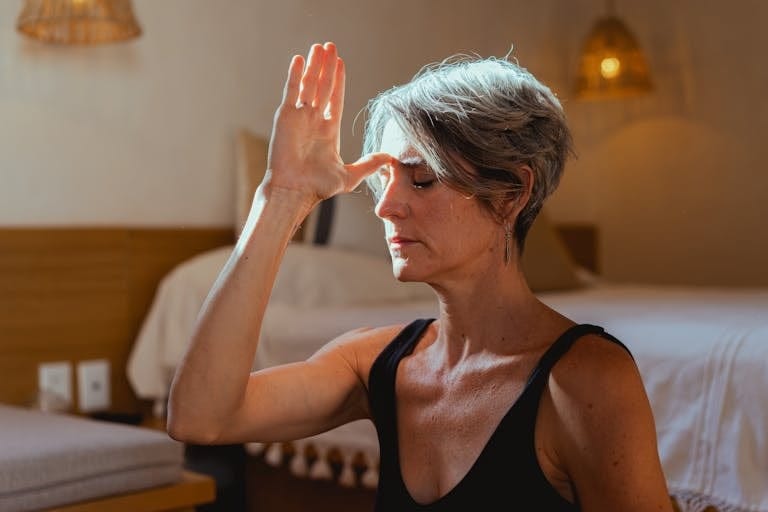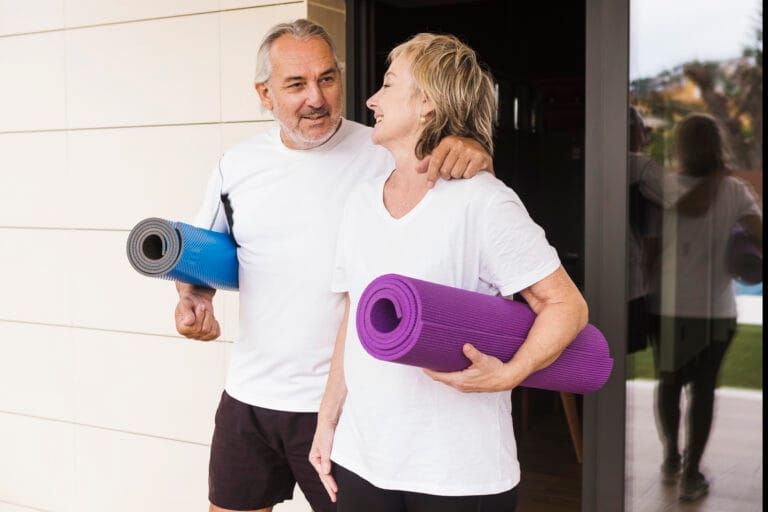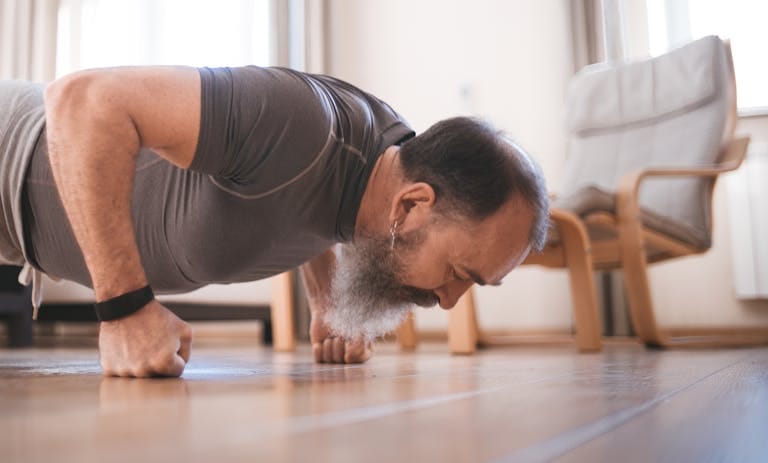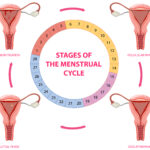FREE SHIPPING OVER $50
Scientists Won’t Admit It: These 4 Workouts Add 10 Years to Your Life (Do #3 Daily)
Let’s be honest—no one’s found the fountain of youth yet. But if there’s anything that comes close, it’s regular exercise. Study after study has linked specific types of workouts to a longer, healthier life. Yet, many people still waste time on trendy routines that don’t move the needle when it comes to longevity.
In this article, we’re cutting through the noise. Backed by solid research (even if it’s not always in the headlines), these four exercises are proven to support a longer life. One in particular? You should be doing it daily.

1. Walking: The Underrated Longevity Booster
It might not sound flashy, but walking is one of the most effective workouts for long-term health—and you don’t need a gym membership to get started.
Why it works:
Walking improves cardiovascular health, helps regulate blood sugar, boosts mood, and supports joint mobility. According to a large study walking just 7,000 steps a day was associated with a 50–70% lower risk of early death.
How to do it right:
- Aim for 30–45 minutes a day, most days of the week.
- Choose brisk walking over casual strolling for maximum cardiovascular benefit.
- Mix up your routes to keep it interesting—and get some added mental stimulation.
Bonus benefit:
Walking outside exposes you to natural light, which supports circadian rhythm and improves sleep—a key pillar of longevity.
2. Strength Training: The Anti-Aging Secret No One Talks About
Lifting weights isn’t just about looking good—it’s about preserving your independence, metabolism, and life span.
Why it works:
As we age, we naturally lose muscle mass—a condition known as sarcopenia. Muscle loss leads to frailty, higher fall risk, and metabolic slowdown. Strength training fights all of that.
In fact, a study found that people with more muscle mass had a significantly lower risk of death.
How to do it right:
- Strength train at least twice a week, focusing on all major muscle groups.
- Use resistance bands, bodyweight, dumbbells, or machines—it all counts.
- Don’t skip leg day: strong legs are linked to better balance and mobility as you age.
Bonus benefit:
Strength training increases bone density and can help prevent osteoporosis—a major risk for older adults.
3. High-Intensity Interval Training (HIIT): Do This Daily for Major Benefits
HIIT might sound intimidating, but it’s one of the most efficient ways to improve longevity. You get more done in less time—and your heart loves it.
Why it works:
HIIT involves short bursts of intense activity followed by rest or low-intensity recovery. This pattern boosts heart health, insulin sensitivity, mitochondrial function, and fat metabolism. It’s been shown to reverse aging markers at the cellular level.
In a study from Frontiers, older adults who did HIIT saw more improvements in age-related gene expression than those who did strength training or moderate exercise alone.
How to do it right:
- Pick a cardio activity (cycling, running, rowing, bodyweight circuits).
- Alternate 30–60 seconds of intense effort with 1–2 minutes of active recovery.
- Start with 10–15 minutes, 3–4 times per week. Build to 20–30 minutes.
Why daily matters:
Even a short HIIT-style walk or movement break every day can improve metabolic flexibility and help manage weight—crucial for long-term health.
4. Yoga or Mobility Training: The Longevity Tool Everyone Overlooks
Sure, yoga helps you relax—but it’s also one of the best investments you can make for your future self.
Why it works:
Flexibility, balance, and core strength are key to preventing falls and injuries as we age. Yoga supports these while also reducing chronic inflammation, which plays a role in almost every major disease.
A review published in Journal of Complementary and Integrative Medicine found that regular yoga practice improved markers related to stress, immune function, and even cellular aging. (Source)
How to do it right:
- Start with 20–30 minutes, 2–3 times per week.
- Try beginner-friendly flows like Hatha or Yin yoga.
- Focus on deep breathing and relaxation—it lowers cortisol and boosts recovery.
Bonus benefit:
Mobility workouts (like dynamic stretching or foam rolling) can be subbed in on off days to maintain joint health and reduce injury risk.
How These Workouts Work Together
You don’t need to pick just one of these workouts. In fact, blending them throughout your week creates a well-rounded fitness routine that touches every major longevity factor:
- Cardiovascular endurance (walking, HIIT)
- Muscular strength (resistance training)
- Mobility and recovery (yoga or stretching)
- Metabolic health and insulin sensitivity (HIIT, walking)
This balance prevents overtraining while keeping your body challenged and progressing.
Getting Started (Even If You’re Out of Shape)
Don’t let perfectionism hold you back. You don’t need to run marathons or deadlift double your body weight to see benefits.
Start small:
- Walk 10 minutes after lunch and dinner.
- Add a 15-minute strength circuit twice a week.
- Do a few yoga poses before bed.
The key is consistency, not intensity. Over time, your body will adapt—and so will your mindset.
Final Thoughts
Living longer isn’t just about adding years to your life. It’s about adding life to your years. These four workouts—walking, strength training, HIIT, and yoga—are backed by science and real-world results. They don’t require expensive equipment or complicated routines. Just a little time, intention, and a commitment to move.
If you want to feel stronger, think clearer, and age better, these are the exercises to build your week around. Don’t wait for your doctor to bring it up—start today and give your future self the gift of health.
Related Articles
- The 7 Workouts Ruining Your Progress (90% of People Do It, Says Physical Therapist)
- This Old-School 20-Rep Squat Routine Is Still the Most Savage Leg Workout Ever
- Build Massive Legs in 30 Minutes—This Routine Hits Quads, Hamstrings, and Calves Hard
- Old-School Strongmen Used This One Exercise to Carve Abs—Still Works Like Magic
- Build Serious Muscle & Strength With Just 4 Lifts—This 3-Day Program Is All You Need







